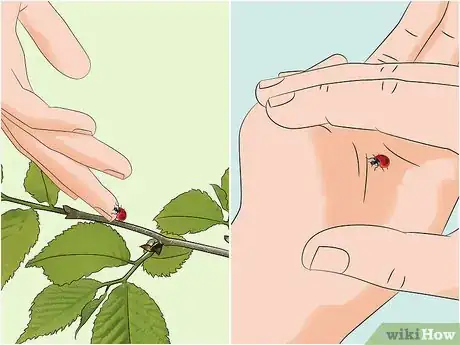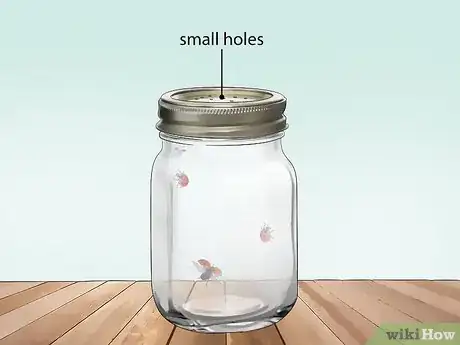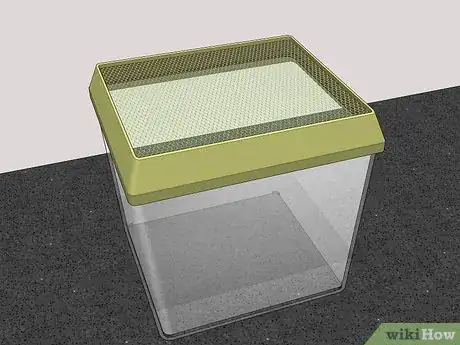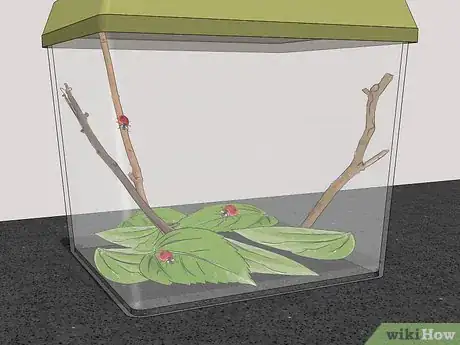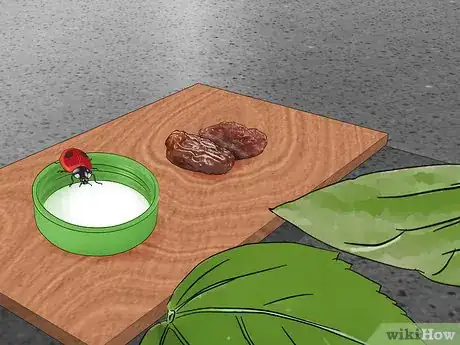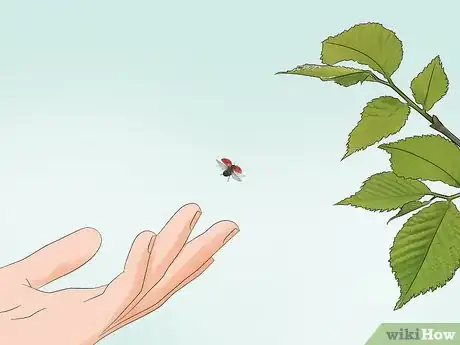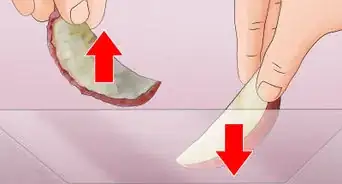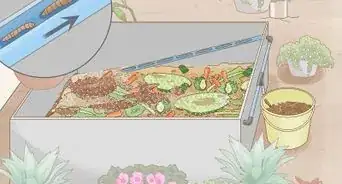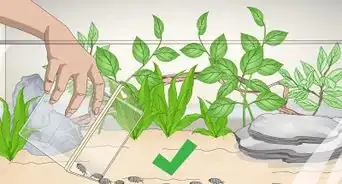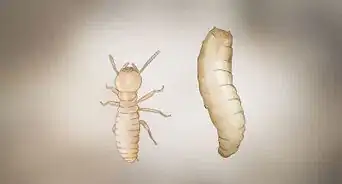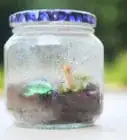This article was co-authored by Shweta Sharma and by wikiHow staff writer, Jessica Gibson. Shweta Sharma is a Biologist with the U.S. Environmental Protection Agency (EPA). With nearly ten years of experience, she specializes in insect management, integrated pest management, insect behavior, resistance management, ecology, and biological control. She earned her PhD in Urban Entomology and her MS in Environmental Horticulture from the University of Florida. She also holds a BS in Agriculture from the Institute of Agriculture and Animal Sciences, Nepal.
There are 9 references cited in this article, which can be found at the bottom of the page.
wikiHow marks an article as reader-approved once it receives enough positive feedback. This article received 92 testimonials and 91% of readers who voted found it helpful, earning it our reader-approved status.
This article has been viewed 776,552 times.
If you've caught an adorable ladybug and you want to keep it for a while as a pet, they're easy to care for! In this article, we'll tell you how to set up a ladybug habitat and feed it so your ladybug is happy and healthy. Just remember to release your ladybug after a few days since they tend to thrive best in their natural habitat.
Things You Should Know
- Look underneath leaves, inside hollow trees, and in areas with lush growth to catch ladybugs.
- Put leaves, twigs, and soil into a plastic container to create a habitat. Make sure the container has holes so your ladybug gets fresh air.
- Feed your ladybug aphids, honey, raisins, and lettuce every day. Place a damp paper towel in the habitat to give the ladybug water.
Steps
Community Q&A
-
QuestionWhat happens if you keep the ladybug for more than 24 hours?
 Community AnswerNothing really happens, but if you do keep it, you'll need to take good care of it to keep it nourished and contented.
Community AnswerNothing really happens, but if you do keep it, you'll need to take good care of it to keep it nourished and contented. -
QuestionMy ladybug only has half of a shell and a broken wing, what should I do? Should I keep it for longer than 24 hours if it can't fly at all?
 Community AnswerYou should keep it, look after it, and nourish it. If it can't fly, it will probably be eaten.
Community AnswerYou should keep it, look after it, and nourish it. If it can't fly, it will probably be eaten. -
QuestionHow do I know if a ladybug is dead?
 Community AnswerUsually it will be flipped over for a long period of time. Sometimes it flips over for a short period of time if it's sleeping.
Community AnswerUsually it will be flipped over for a long period of time. Sometimes it flips over for a short period of time if it's sleeping.
Things You'll Need
- Plastic storage container like a Kritter Keepers
- Twigs, leaves, and soil
- Raisins, honey, and lettuce
- Paper towels or cotton balls
- Butterfly net, optional
Expert Interview
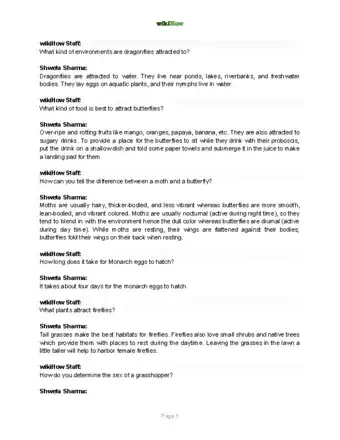
Thanks for reading our article! If you'd like to learn more about caring for a landbug, check out our in-depth interview with Shweta Sharma.
References
- ↑ http://www.lostladybug.org/howto.php
- ↑ https://kids.nationalgeographic.com/animals/invertebrates/insects/ladybug/
- ↑ http://www.lostladybug.org/howto.php
- ↑ https://youtu.be/eh-ytq2BnhY?t=48
- ↑ https://youtu.be/eh-ytq2BnhY?t=61
- ↑ https://whatbugisthat.com/what-do-ladybugs-drink/
- ↑ https://youtu.be/aizlANffHEI?t=108
- ↑ https://backyardbuddies.org.au/backyard-buddies/ladybirds
- ↑ https://www.cuteness.com/article/raise-lady-bugs
About This Article
When you first get your ladybug, make a habitat for it by filling a large plastic (not glass) container with leaves, flower petals, toys, and other interesting objects. Make sure the container has holes at the top so your ladybug can breathe, and give it something to hide in, like a shell or a hollowed our twig. Keep a damp paper towel or cotton ball in its habitat at all times so your ladybug has something to drink, and feed it a bottle cap’s worth of honey, sugar, raisins, or lettuce twice a day. For tips on how to find and collect ladybugs, read on!
